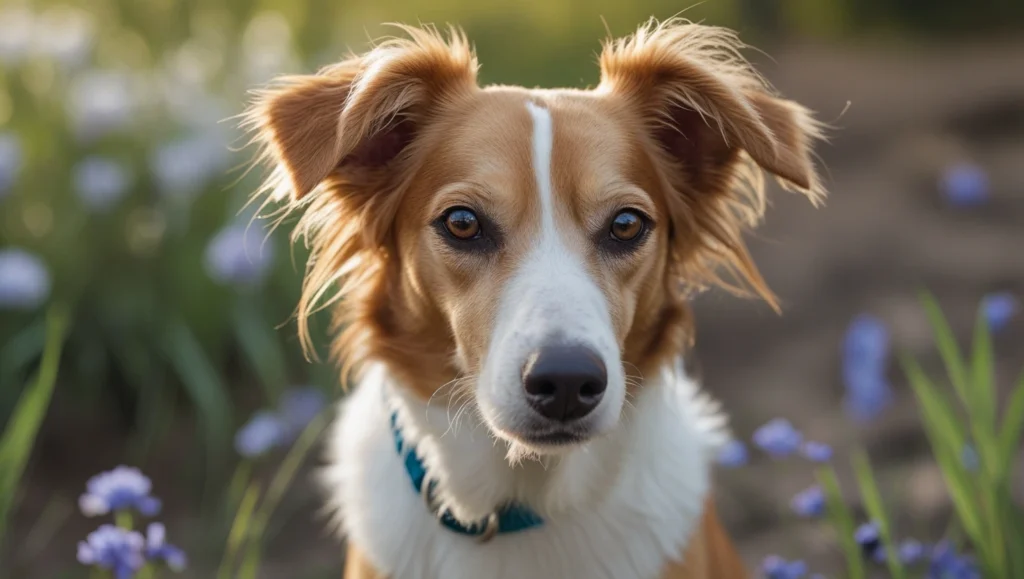Introduction
You might have wondered about the question: Do dog whiskers grow back? This question may appear because you have once seen the whiskers of your dog fall out or even trim while grooming.
The whiskers indeed grow back in the dogs after they have been pulled out or cut. Regrowing would, however, require a couple of weeks or months, depending on the age of the dog, its breed, and its general health condition. Whiskers are something specific and not just the same fur, but a dense, whorling hair part of your dog’s sensory equipment. That is why it is so important to understand what their purpose and regrowth process are all about, and every pet parent must know.
Table of Contents
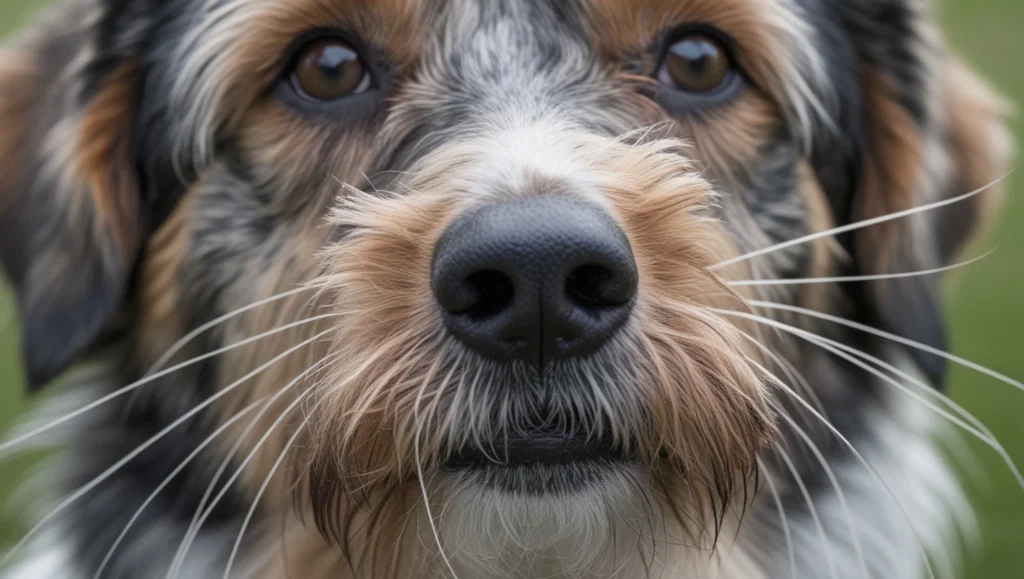
What are dog whiskers, and why are they vital?
The whiskers on a dog, also referred to as vibrissae, are thick, coarse hairs around the muzzle, above the eyes, and even on the jawline. Compared to normal fur, whiskers have nerve endings attached to them, therefore making them exquisitely receptive.
The Whisker Roles in the Dog
- Navigation Tool: Assists dogs in moving safely in dark or confined spaces.
- Sensory Aid: Identifies variations within the airflow and objects that are in proximity.
- Defensive: Reflexively protects the eyes: Anything that rubs on the whiskers around the eyes causes an immediate blink reflex.
Whiskers’ movement can signal mood alerts, curiosity, and relaxation.
Do Dog Whiskers Regrow Beside Each Other after Being Clipped or Falling Off?
The easiest response is yes. After they have been sheared, broken, or worn off, dog whiskers grow again. Whisker growth has a growth cycle similar to fur:
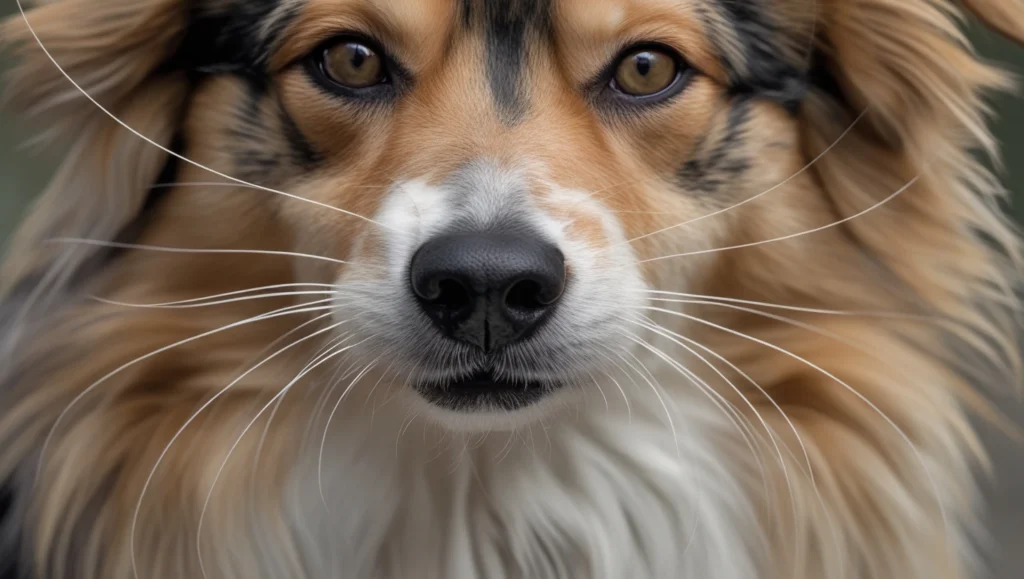
- Growth Stage: Anagen Stage (Growth Stage): Whiskers grow out of the follicle.
- Catagen Phase (Transition Stage): Slowing down in growth.
- Telogen Phase (Resting Stage): The whisker remains where it is until it is shed.
Whiskers grow back on average in 4-12 weeks.
Molecules That Influence Whisker Regrowth
- The age of the dog: puppies can grow back their whiskers faster than older ones.
- Differences of Breeds: That some breeds will grow longer or thicker whiskers is just a thing that happens.
- Health and Nutrition: The faster regeneration is encouraged by the high protein level and vitamin and mineral content.
- Accidental Damage: The scratching or breaking could play a role in slowing down healing.
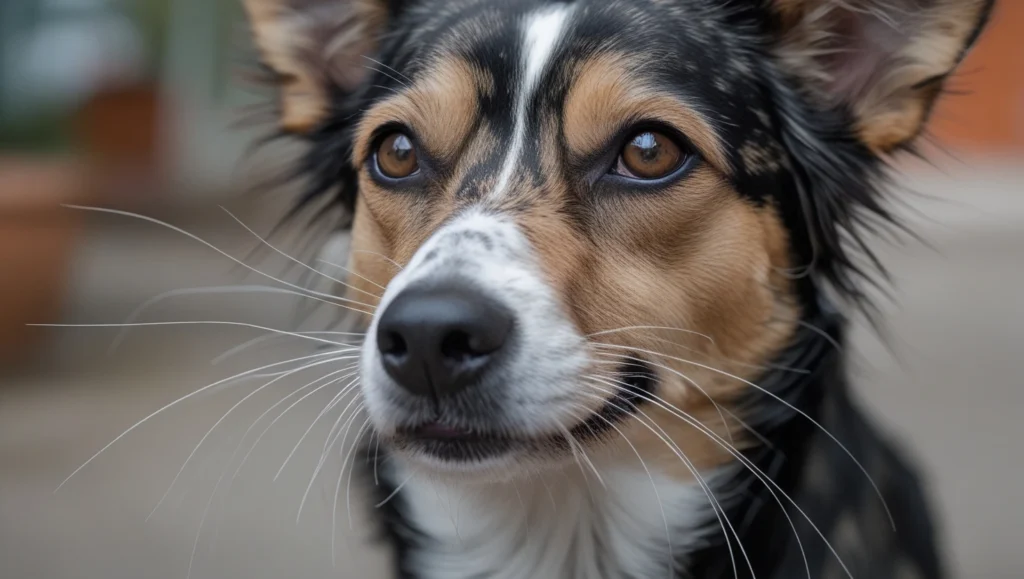
Is Cutting Whiskers Bad for a Dog?
It should not cut off its whiskers, but they will grow again. The whiskers are very important to a dog in terms of sensory input, and thus depriving a dog of those whiskers may result in:
- Disorientation
- Loss of spatialization
- Stress/anxiety
- Hit them up against things.
Whiskers are sometimes clipped by professional groomers to be cosmetically pleasing, and the majority of veterinarians recommend against it.
To Trim Your Dog’s Whiskers
- No Superfluous Trimming: Allow Whiskers to Grow.
- Soft Grooming: Matching in the face should be soft.
- Healthy Lifestyle Habit: Give food that is rich in omega-3 fatty acids and has vitamins A & E, and protein.
- Checkup at Vet Camp: skin should not be the reason behind lost whiskers.
Why You Need to Worry in the Case of Whisker Loss?
It is normal to lose some whiskers; however, the excessive loss of these might be a symptom of:
- Allergies
- Skin infections
- Hormonal imbalances
- Parasites
When whiskers are shedding quickly or irritated by some redness, itching, or bare patches, go to your vet.
Myths on Dog Whiskers
A lot of pet owners think that shaving off whiskers helps the dogs to improve in their appearance, either by making them look cleaner or fashionable. This is a myth. Whiskers are not ornamental hairs; their role is rather as sensory organs. A third myth is that cutting off the whiskers means no more growth, which is completely wrong, since they will grow back just as fur does.
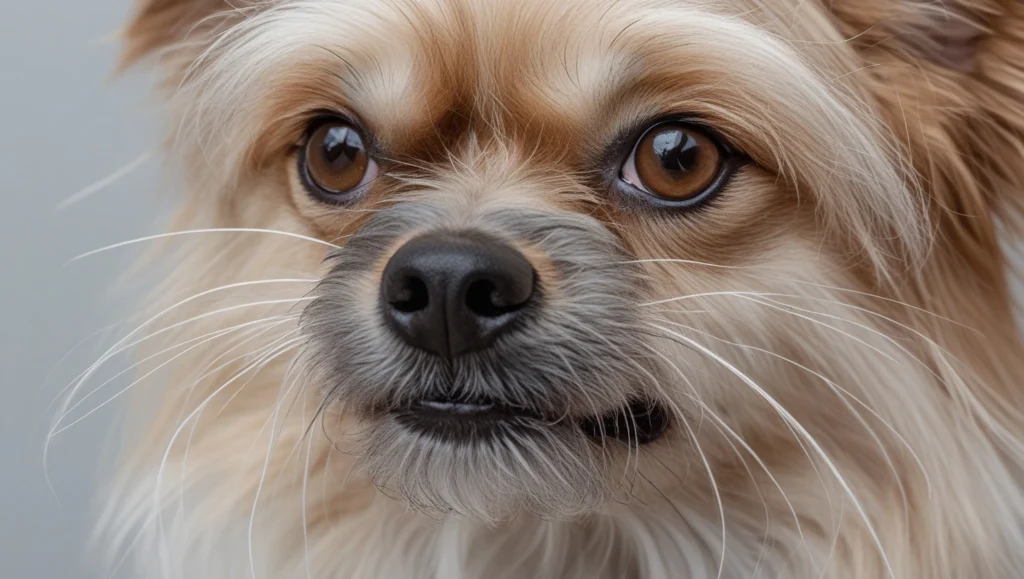
Some Guidelines to Promote Good Whiskers
- Balanced Diet: Feed top-quality protein, vitamins, and fatty acids.
- Stress: Dogs should be devoid of stress since a stressful condition in dogs will retard their hair and whiskers.
- Restriction of Extreme Cleaning: Too much brushing or clipping will harm follicles.
- Hydration: Maintain hydration of your dog to maintain a healthy coat and whiskers.
Conclusion
Yes, they do, albeit it will take weeks to months. Although the replenishment of whiskers is normal, you are not supposed to cut them needlessly, as they improve the senses and general health of your furry pet. When your dog sheds excessive whiskers, it would be advisable to take him to a vet to eliminate the possible underlying causes.
What is the period of growing back dog whiskers?
The age, breed, and health of the dog usually require 4 to 12 weeks.
When the dog has cut off its whiskers, does it feel pain?
Clipping whiskers does not involve any physical suffering, although it impairs the ability of the dog to sense the surrounding environment, which makes them stressed or confused.
Do dogs live without whiskers?
Yes, dogs are able to live without whiskers, but their vision of direction, motion sensitivity, and safety in their environment is at stake.



